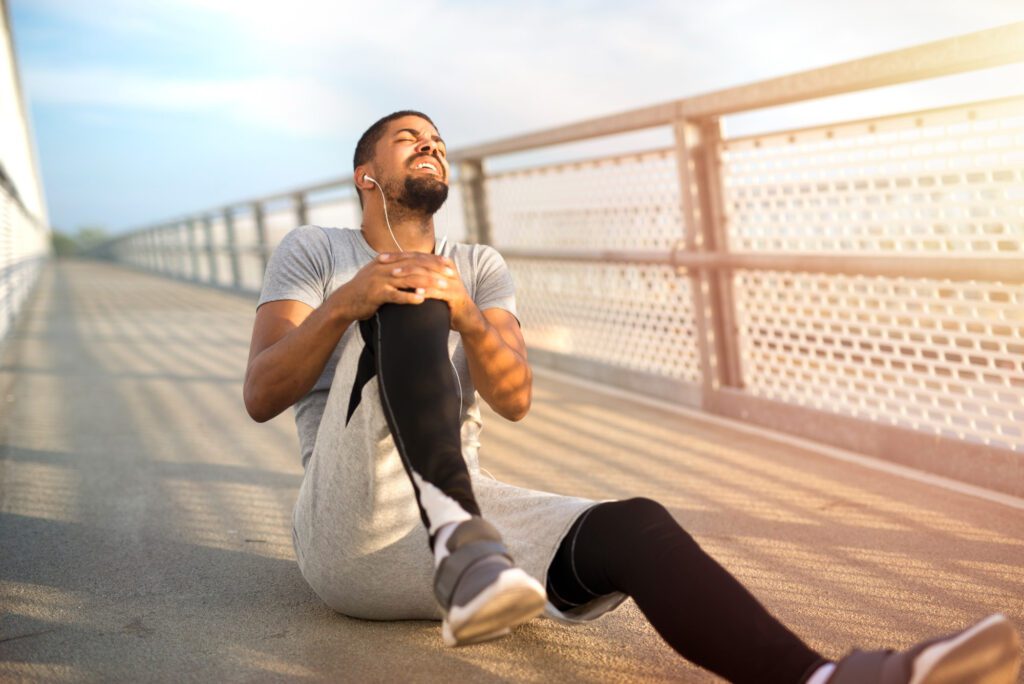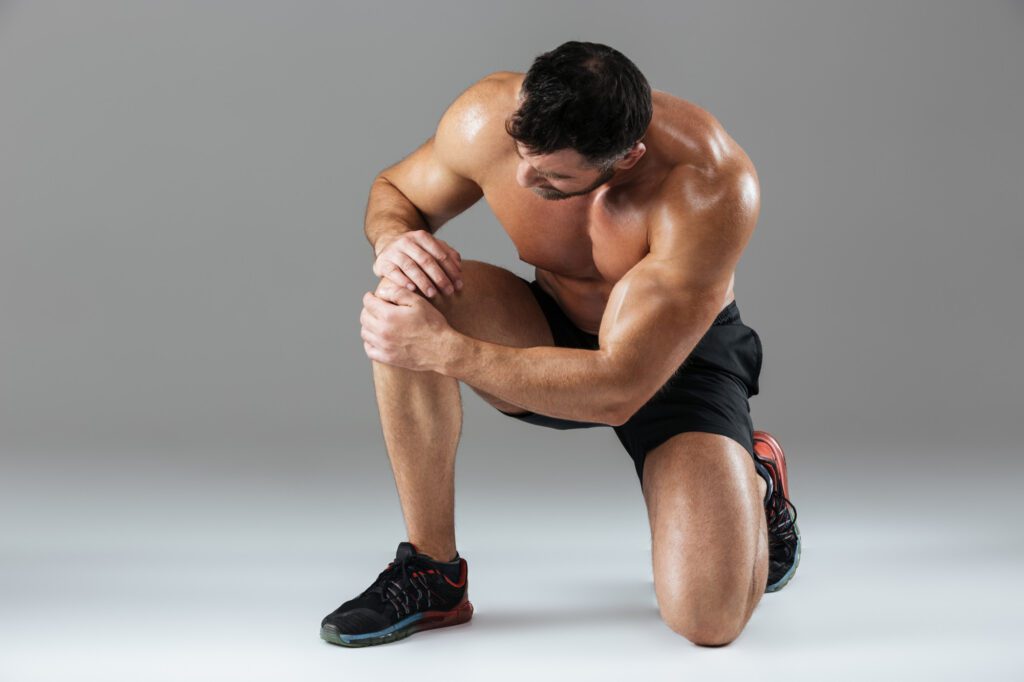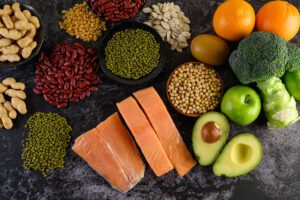Here, we are providing information on the topic “muscle pain after a workout.” Muscle soreness that starts to occur after working out is known as delayed-onset muscle soreness, or DOMS. It usually begins one or two days after an exercise.

muscle pain after a workout
- DOMS won’t strike when you’re working out. There are numerous types of muscular soreness, such as pain experienced during or right after an exercise. We refer to it as acute muscle discomfort.
- Acute muscle soreness is the burning sensation in your muscles that occurs during an intense workout because of a fast buildup of metabolites. It normally goes away the moment you stop exercising, or very soon after.
Is DOMS involved?
The American College of Sports Medicine states that DOMS symptoms usually start to show up 12 to 24 hours after an exercise. After your workout, the discomfort usually peaks one to three days later and then gradually goes away.
To look out for, symptoms of DOMS could include:
- discomfort during muscle stretching, resulting in tense, constricted muscles that are sensitive to touch
- decreased range of motion as a result of soreness and stiffness when moving the swollen muscles in the affected area
- muscular exhaustion, a temporary decrease in strength.
Why does DOMS occur?
- Your muscle fiber may sustain microscopic tears as a result of high-intensity exercise. Your body reacts to this damage by producing more inflammation, which could cause your muscles to get sore more gradually.
- Almost every type of high-intensity exercise has the potential to induce DOMS, but eccentric exercise in particular is frequently the culprit.
- When you perform eccentric exercises, you simultaneously lengthen and tighten a muscle.
- An eccentric movement would be the deliberate, downward motion you make as you straighten your forearm following a biceps curl. Running downhill also causes your quads to stiffen up, which is an eccentric movement.
Do lactic acid and DOMS have a relationship?
- The widespread belief that DOMS was caused by an accumulation of lactic acid produced by exercise has been disproved.
- Lactic acid accumulation is the cause of acute muscular discomfort. On the other hand, DOMS is caused by microscopic rips and muscle injury rather than lactic acid accumulation.
Who is susceptible to DOMS?
- DOMS can afflict almost anybody, including novices, long-time gym goers, and professional athletes.
- Therefore, regardless of fitness level, DOMS can happen when you try a new type of exercise that your body isn’t acclimated to, increase the intensity of your workout, or undertake eccentric activities.
Consequences for Physical Therapy
- After exercise, having DOMS is typically a good indicator. It signifies that the muscle is recovering and becoming stronger than it was prior to the exercise, proving that the training was successful.
- A lot of individuals receiving physical therapy may either begin an exercise regimen from scratch or add additional exercises to their existing one.
- After beginning physical treatment or an exercise regimen, the patient may feel delayed onset muscle soreness (DOMS) and find these exercises to be quite strenuous. Although DOMS often lessens after exercise sessions, patients may find that the first bout of activity is so severe that they are unable to continue.
Therefore, it’s critical that the therapist help the patient distinguish between different types of pain and muscle soreness and reassure them that DOMS is a typical component of starting a new exercise program. It’s also critical to understand that the degree of muscle damage brought on by exercise has nothing to do with how uncomfortable something is.
One complementary therapy that has been shown to significantly lessen the severity of the pain and stiffness associated with DOMS is massage. The mechanical pressure is thought to lessen neutrophil migration and, consequently, the inflammatory process within the muscle structure when it is applied within two hours of activity.
Duration of DOMS
DOMS often lasts between three and five days. Usually, an aching sensation appears 12 to 24 hours after working out. Although symptoms can linger longer than 72 hours, they typically peak 24 to 48 hours after exercise.

Frequently asked questions
(muscle pain after a workout)
Should I still workout if my muscles are sore?
Answer: It’s always a good idea to ease up if you find yourself sore the next day. Walking is a good kind of gentle exercise to do while your muscles recover. Some alleviation may be obtained by ice, massage, warm baths, ibuprofen-type anti-inflammatory drugs, or light stretching.
How do I ease muscle pain?
Answer: Switch between using heat to increase blood flow and ice packs to lessen irritation. Take a warm shower or soak in a bath containing Epsom salts. Use over-the-counter analgesics (aspirin, acetaminophen, ibuprofen, and naproxen). Consider trying out supplementary therapy like acupuncture, massage, or meditation.
How long does muscle pain last?
Answer: The maximum duration of muscle discomfort should be five days. If the pain doesn’t go away after a week, you can’t walk or move your arms or legs, or the damaged area feels numb, get medical help. These signs might point to a more serious problem, such as an injury to your muscles or joints.
How many rest days a week?
Answer: How Many Days a Week Should You Take Off from Exercise? It is recommended that individuals seek one to three days of rest every week. During your rest days, you can improve your mobility and engage in a little activity to aid in your recovery. It’s possible that your training regimen won’t go as expected. Thus, when you feel exhausted or experience strange aches and pains, pay attention to your body and take a day off.
Conclusion
(muscle pain after a workout)
In conclusion, DOMS, or muscular soreness after exercise, is a typical occurrence that represents the body’s reaction to physical strain. Even though it hurts, this is typically just momentary and shows how the muscle has changed in response to exercise. People can efficiently manage muscular discomfort and maximize their fitness gains by including proper warm-up, cool-down, nutrition, and recovery measures in their regimen.
So, this is how the topic “muscle pain after a workout” has been addressed.
- For more information related to these topics, click here.
- You may also visit our Instagram page by clicking here.
- You may also visit our YouTube channel by clicking here






